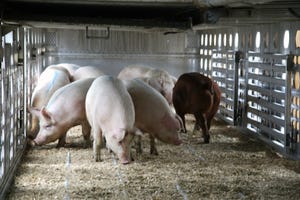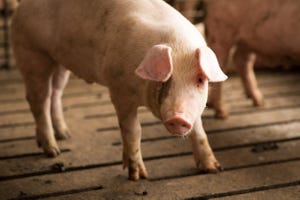Monitoring PRRSV occurrence during the last decade
Swine Health Monitoring Project monitors half of the U.S. swine breeding herd diseases thanks to the voluntary cooperation of swine producers.
August 7, 2018
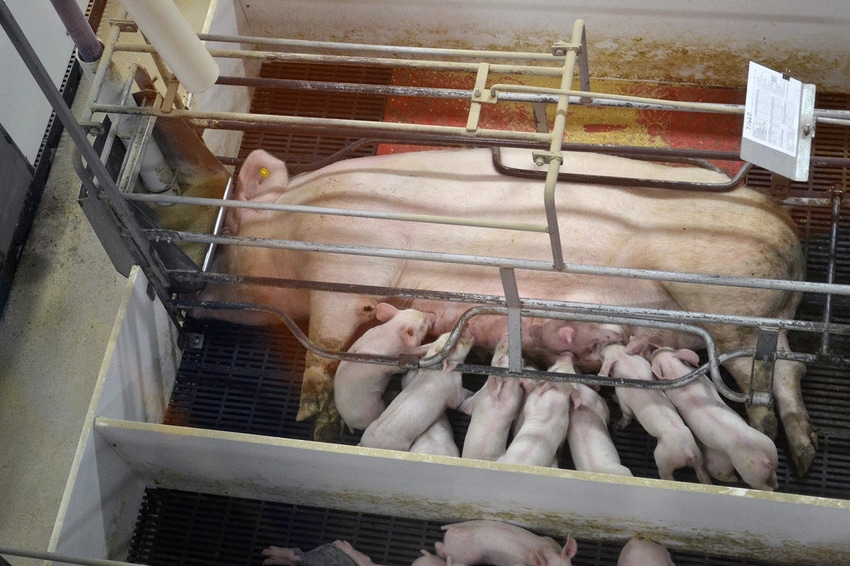
By Cesar A Corzo, Juan Sanhueza and Carles Vilalta, University of Minnesota Morrison Swine Health Monitoring Project
More than three decades have gone by since a mysterious disease was described for the first time in the United States. During the ’80s, it was not clear how widespread this disease was and, more importantly, there were no answers regarding the cause of reproductive failure, high mortality and poor growth. After identifying the causative agent and agreeing on a specific name for this disease in the early ’90s, the industry started further understanding the epidemiology of what today is known as porcine reproductive and respiratory syndrome virus.
The PRRS virus has become one of the worst enemies of the industry due to its high economic burden. Both practitioners and producers have made significant improvements to the biosecurity standpoint of their operations to reduce the probability of viral introduction into their systems; however, viral introductions continued to occur. As time went by, it was difficult to benchmark each year’s “PRRS season” due to lack of data and the industry was relying on anecdotally driven reports.
Today, the industry has a tool that allows producers and practitioners to answer the question in an objective manner. The tool is known as the Swine Health Monitoring Project, created and led by Bob Morrison for almost a decade until he passed away in 2017. The project was renamed in his honor as the Morrison Swine Health Monitoring Project. The MSHMP’s main objective is to support the industry when responding to an emerging pathogen and PRRSV has been a central disease in which the project has been providing value.
This Swine Health Information Center-funded project currently monitors half of the U.S. swine breeding herd for PRRSV and other diseases thanks to the voluntary cooperation of swine producers, who share on a weekly basis the status of their herds. As can be seen in Figure 1, year after year the virus has been consistently infecting at least 20% of herds. Interestingly, the virus tends to infect more herds during the colder months which may be an indication of better survivability. Unfortunately, the last MSHMP year, which starts in July and ends in June, showed that 34% of the herds reported a viral introduction. Based on the history of the project, this makes it one of the top three years since 2009-10.
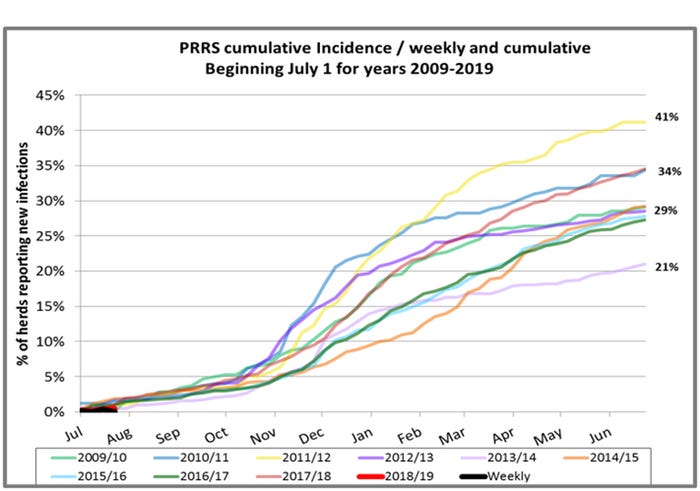
Figure 1: PRRSV cumulative incidence in 940 farms in the United States.
The MSHMP has also allowed us to understand the frequency with which outbreaks occur in participating sow farms. From our database, 40% of the herds have not reported a single outbreak since they joined the MSHMP. However, when analyzing the database and considering only those herds that have had more than one outbreak, we found that 425 herds meet such criteria with a total of 1,087 outbreaks reported. Interestingly, 32.5% of the herds that had an outbreak on a given day had a second outbreak within a year and 38.3% of the herds that break on a given day had a second outbreak within one and two years (Figure 2).
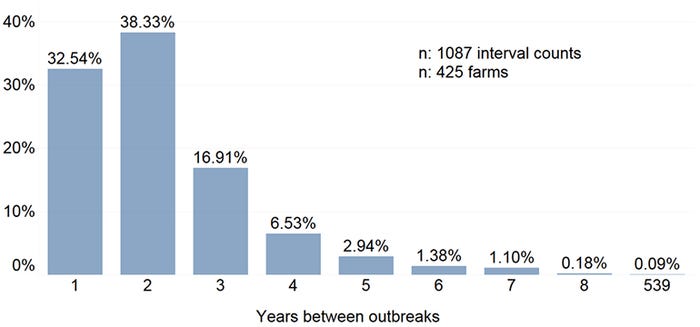
Figure 2: Time between PRRS outbreaks in participating sow herds since 2009.
Thanks to this SHIC-funded project and the collaborative effort between industry and academia, today we have a benchmarking tool for PRRS which has allowed us to further understand disease trends. It is unclear why we have seen this increase and we are actively studying potential explanatory factors. For instance, we have already assessed whether the quantity of naïve herds that suffered a PRRSV outbreak this past year was higher compared to previous years without finding significant differences.
On the other hand, we are in the process of better understanding the epidemiology of PRRSV in filtered farms together with viral diversity and its relation to season.
In closing, it is important to mention that this exact same monitoring tool provided us with key information when an emerging pathogen (i.e. porcine epidemic diarrhea) entered our industry in 2013. Therefore, the more herds we include into the project the better the project will support the industry when responding to an emergency.
You May Also Like

